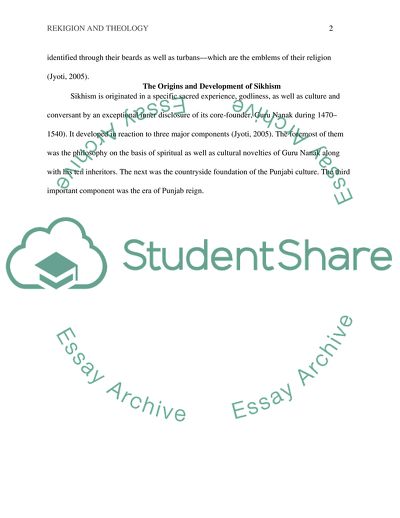Cite this document
(Sikhism History and the Present Practice Essay Example | Topics and Well Written Essays - 1250 words, n.d.)
Sikhism History and the Present Practice Essay Example | Topics and Well Written Essays - 1250 words. https://studentshare.org/religion-and-theology/1874779-sikhism-history-and-today
Sikhism History and the Present Practice Essay Example | Topics and Well Written Essays - 1250 words. https://studentshare.org/religion-and-theology/1874779-sikhism-history-and-today
(Sikhism History and the Present Practice Essay Example | Topics and Well Written Essays - 1250 Words)
Sikhism History and the Present Practice Essay Example | Topics and Well Written Essays - 1250 Words. https://studentshare.org/religion-and-theology/1874779-sikhism-history-and-today.
Sikhism History and the Present Practice Essay Example | Topics and Well Written Essays - 1250 Words. https://studentshare.org/religion-and-theology/1874779-sikhism-history-and-today.
“Sikhism History and the Present Practice Essay Example | Topics and Well Written Essays - 1250 Words”. https://studentshare.org/religion-and-theology/1874779-sikhism-history-and-today.


